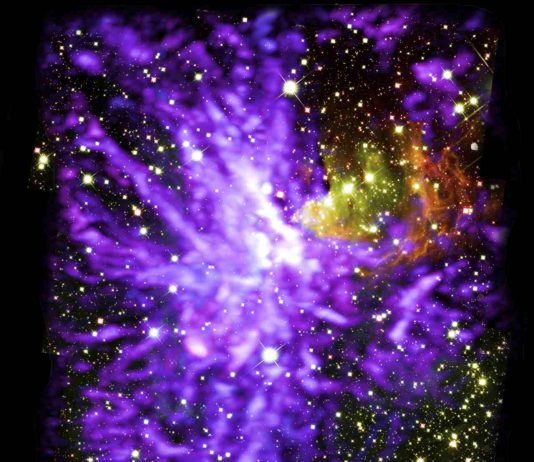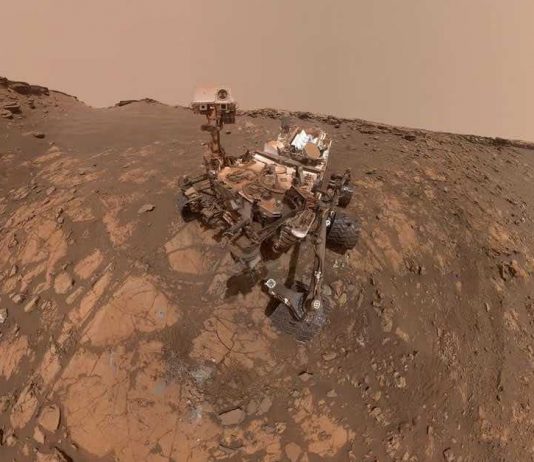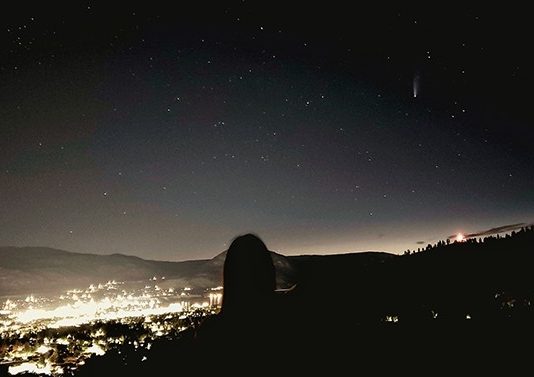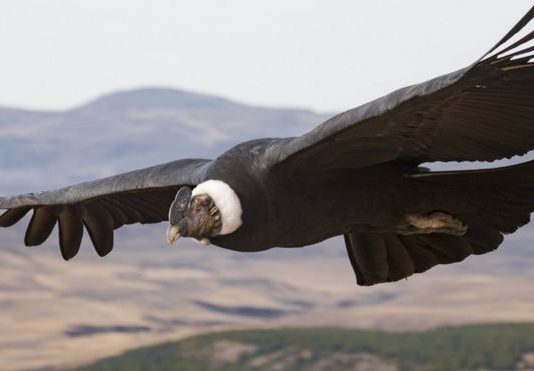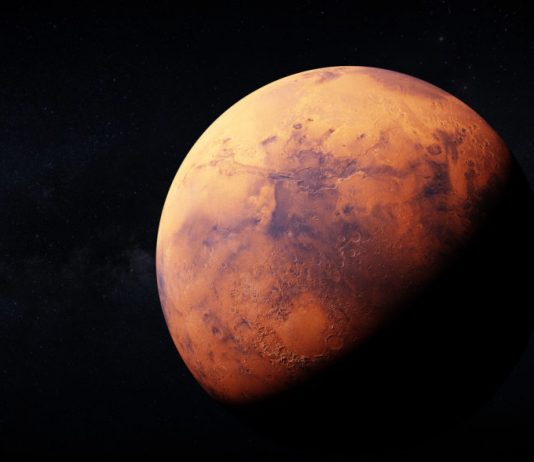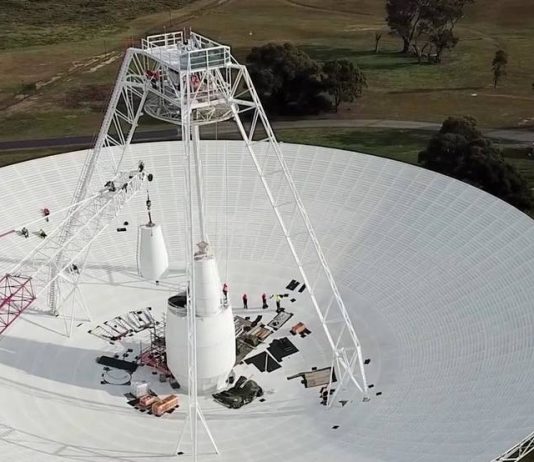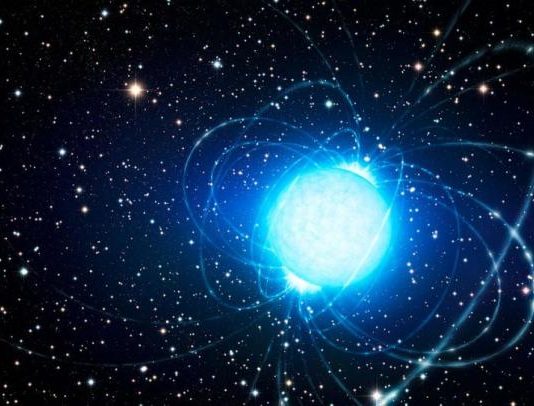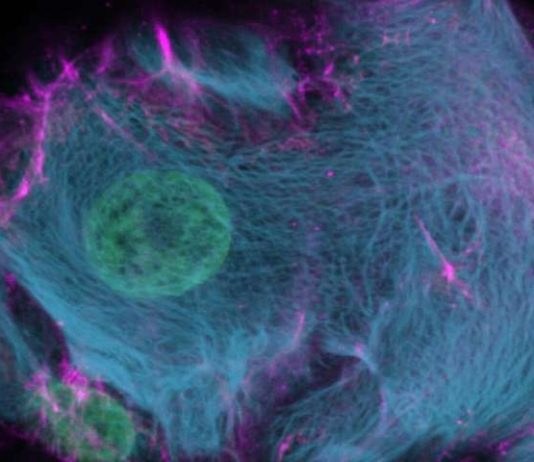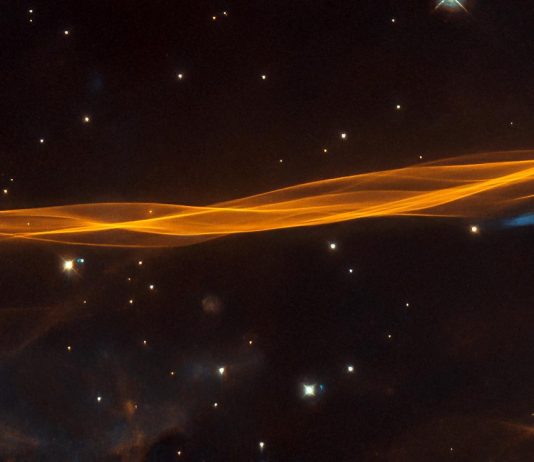Don’t freak out. The experts say we will be just fine when a giant asteroid — possibly as big as the Empire State Building — zips toward our planet this weekend.
It’s one of several “near-Earth” asteroids that travel across our tiny sliver of the universe every month, and most...
Celestial fireworks in a star cluster called G286.21+0.17 have now been observed by astronomers.
The Atacama Large Millimeter/submillimeter Array (ALMA) radio telescope in Chile joined hands with the Hubble Space Telescope to create a mosaic of the star cluster, which appeared like 'cosmic fireworks' highlighting purple streamers and sizzling stars,...
NASA is sending its Curiosity rover on a journey to a new area of Mount Sharp, the massive peak that sits in the center of the Gale Crater.
NASA’s Curiosity Mars rover has started a road trip that will continue through the summer across roughly a mile (1.6 km) of...
This week’s night sky has comets, meteors and planets lining up for night sky viewing in the Thompson-Okanagan.
From Sunday, June 19 through the rest of this week, five planets will be visible in the night sky with the naked eye.
Forbes.com says Mercury and Venus will be most visible in...
Researchers have found large Andean condors are incredibly efficient, only flapping their wings 1 percent of the time they are in the sky.
The Andean condor—the world's heaviest soaring bird which can weigh in at up to 15kg—actually flaps its wings for 1% of its flight time.
The study is part...
MARS is set to appear brighter than ever over Irish skies this evening as the Red Planet makes its closest approach to Earth in 15 years.
It'll be just a stone's throw away tonight ... a mere 34 million miles. You can practically reach out and touch the damn thing.
Astronomers...
On Oct. 29, mission operators sent a series of commands to NASA's Voyager 2 spacecraft for the first time since mid-March. The spacecraft has been flying solo while the 70-meter-wide (230-foot-wide) radio antenna used to talk to it has been offline for repairs and upgrades. Voyager 2 returned a...
Long ago and far across the universe, an enormous burst of gamma rays unleashed more energy in a half-second than the sun will produce over its entire 10-billion-year lifetime.
After examining the incredibly bright burst with optical, X-ray, near-infrared and radio wavelengths, a Northwestern University-led astrophysics team believes it potentially...
Researchers from the group of Hans Clevers at the Hubrecht Institute have developed a new genetic tool to label specific genes in human organoids, or mini organs. They used this new method, called CRISPR-HOT, to investigate how hepatocytes divide and how abnormal cells with too much DNA appear. By...
While appearing as a delicate and light veil draped across the sky, this image from the NASA/ESA Hubble Space Telescope actually depicts a small section of the Cygnus supernova blast wave, located around 2400 light-years away. The name of the supernova remnant comes from its position in the northern...





















